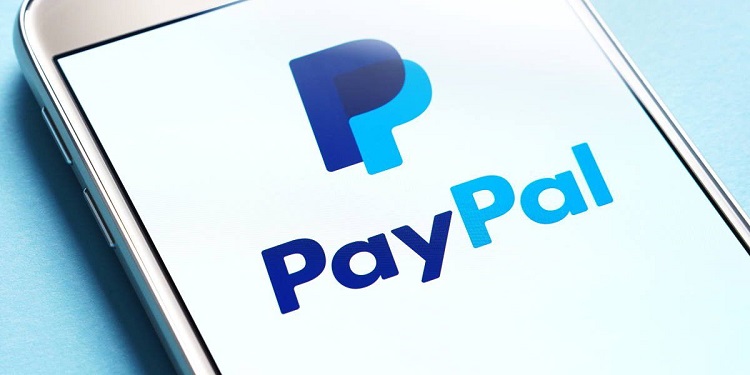PayPal showed its interest in the cryptocurrency market for quite some time. They have rallied up the people to use cryptocurrency as much as possible.
You might be aware of the most recent change they took on in the year 2020 when they stepped foot directly to the cryptocurrency market but allowed the users to buy and sell cryptocurrency on their platform.
However, this feature is only currently available in the United States. They might be extending the features more in the future when they see how it’s working.
This might be the standard case of a test, but that being aside, we are seeing that PayPal might be trying to do something more than the current situation that they have presented. It had been quite confirmed that they are now trying to have their own Stablecoin.

You must be wondering what that is? Well, Stablecoin is also a kind of digital currency or cryptocurrency that has been gaining a lot of popularity.
Well, now that PayPal is going on full-fledged to get their own Stablecoin then it seems that they are going to expand more in the cryptocurrency business. We are all here for it, though.
Read Also:
- Cryptocurrency Prices Today January 15
- Bitcoin Drops Below 40 Thousand Dollars
- Bitcoin millionaires are moving to Puerto Rico
- A Major Upgrade to Bitcoin is Happening Soon
- Cryptocurrencies Falls Down After China’s Latest Crackdown
- Bitcoin and Ethercoin Prices Drop Sharply, Falling More Than 10%
“I don’t think that we have seen a Stablecoin that works well for payments yet,” Jose Fernandez da Ponte told the news on one fine day.
“We are now in some kind of an exploring a Stablecoin; we are looking at it, and how it works will be important in order for us to seek to move forward.
We will be working in close quarters with the regulators” he said to the news. That is all that we have for now. We will be sure to keep you updated on the news. So keep your eyes open, and that will work out for you.